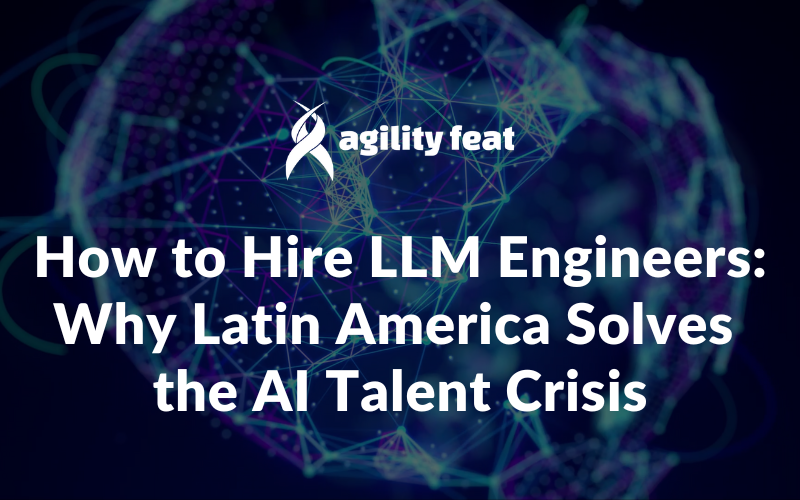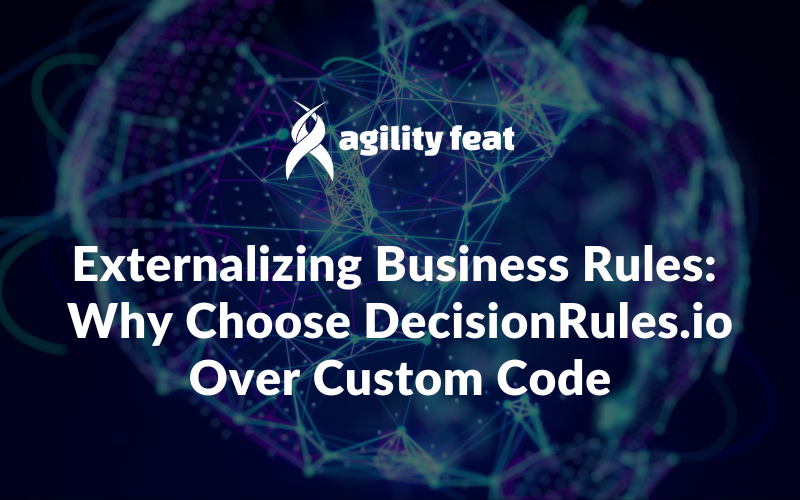The other day I was speaking with a potential development customer when I realized two things:
1) He doesn’t need us … yet.
2) He can’t afford us … yet.
“Yet” is a key addendum to both realizations. He has some interesting ideas, and a pretty well thought out MVP (Minimum Viable Product) scope definition. But those ideas haven’t survived contact with the customer yet, and the non-technical aspects of his business plan haven’t been proven yet.
As I explained the development options open to him, and how our team fits in, I described the following 3 phases of MVP development to him. Obviously, these don’t apply equally to all situations, but I’ve tried to describe a path that many entrepreneurs like him should follow.
#0 – Pre-development tasks
I would do you a major disservice if I didn’t remind you never to jump straight to development of an MVP. Especially if you’re a bootstrapping startup, you’ll get some hints below the development of an MVP is not cheap. Don’t waste that money, or more importantly your time, without first doing some customer development to understand what your customers care about.
You’ll never fully understand what your customers are willing to pay for until you build an MVP and put a price tag on it, but you can save a lot of time, money, and headaches by doing your customer research first. Then proceed to the following phases of MVP development.
#1 – The MVP templator
You probably have a pretty clear vision of how you want to build the first web application for your business. The excitement and creativity of that vision is what gets you out of bed in the morning. It’s extremely tempting to jump straight to the custom development, based on a desire to make the experience for customers perfect from day one.
Rein yourself in: The challenge here is that you probably don’t know as much as you think, and building a less expensive solution based on template solutions like Content Management Systems may be the right way to start. Or you might be able to build a “Concierge” solution that looks complete on the outside, but in reality requires manual processes behind the scenes to make things work. You won’t be able to implement your process or your design perfectly, but you may be able to cobble together a “50%” or concierge solution that will allow you to learn from your customers along the way.
Expected cost: $5000 – $25000 USD
Expected time: 2-8 weeks
Skip this step when: Prior business experience (not just gut feelings) tells you more definitively that you know what customers want. Or your system is heavily dependent on a specific technology that requires up front development before customers can understand your vision (Careful: Here be the dragons of self-deception).
Never skip this step when: You’re bootstrapping your business, unless you have enough of someone else’s money to risk on going straight to a custom solution.
Move beyond this phase when: It’s been a few months or a year, and that inexpensive templated solution is starting to constrain you. Customers keep asking you for certain features, but they aren’t feasible to implement in the template or concierge solution without a total hack. You did the hack anyways, and now you’re probably paying for it with some software maintenance nightmares.
#2 – The custom MVP
You’ve squeaked by with the concierge or template solution for a while. You’ve made a little money – congratulations! Or alternately, you’ve had enough success that you have brought on investors or partners who can fund the next stage of work.
Now it’s time to build the application that you really wanted. You might rebrand yourself to separate from any bad experiences in the first round or work. You will definitely change the product’s vision, design, UX, and functionality based on what you learned from those initial customers. This is the time to completely disrupt before you start promoting the product you really wanted.
You likely need a different breed of developer at this point, and you definitely need higher quality UX and design work. You’ll have to pay for it naturally.
Expected Cost: $25,000 – $100,000 USD
Expected Time: 2-6 months
#3 – Post-production MVP
The MVP was a big success – congratulations! You’ve got a product that generates steady revenue now. Hopefully you have enough to cover your expenses and draw a decent salary … or at least enough to bring that next round of investment on board.
Your focus is shifting now … you are worried about 3 things: Stability, Scalability, and Sustained Innovation. Your development iterations are mainly bug fixes and small feature changes, and you are releasing code to production at least every 2 weeks. You are paying more attention to analytics, and maybe doing A/B testing of features. You should continue to do customer interviews to understand what people like or dislike about your website.
Some of your developers may be starting to get slightly bored, and others will just be happy the big push is over and looking forward to more stable work. You can help keep them all engaged by making sure there is always innovation going on, not just “bug fixes”, and let them tackle some technical debt of their own choosing too.
This is a good point to start hiring more in house talent, and to put contract development teams on a longer-term retainer contract.
Expected Cost: Varies widely based on your needs, but you probably can expect an IT payroll from $35k-$50k USD per month for larger development teams, or a similar amount to a development company. Smaller applications that don’t require full time development attention might get by with monthly maintenance costs under $10,000 USD.
Expected Time: Forever – there’s always changes you’ll need to make to keep up with your competition and to squash bugs that crop up.
Your experience will vary
Naturally, the numbers and scenarios above are going to vary widely based on your business model, the scope and complexity of your technology needs, and dozens of other factors.
The transitions between these phases will not always be obvious. For our team at AgilityFeat, we excel at phase 2 – the design and development of the custom application. We also do very well at phase 3 – the ongoing support of the post-deployment MVP, although we prefer to be involved in ongoing innovation rather than pure maintenance work.
We may not be the ideal choice for Phase 1 (we aren’t in the case of this customer I was speaking with). That’s because we charge more than the types of companies that will customize a Content Management System for you, but we also bring much more value in terms of custom building a strong technical application with compelling UX and design. Sometimes we can help build a concierge-type solution for Phase 1 if a template solution just won’t do. We can also help out with Phase 0 and product research, although you as the entrepreneur have to stay heavily involved on that process.
When is the MVP done?
Short Answer: Never. While the actual software can and will change, the basic idea of delivering small chunks of value to your customers constantly should never change. In that sense, you will never truly move beyond the MVP phase.









